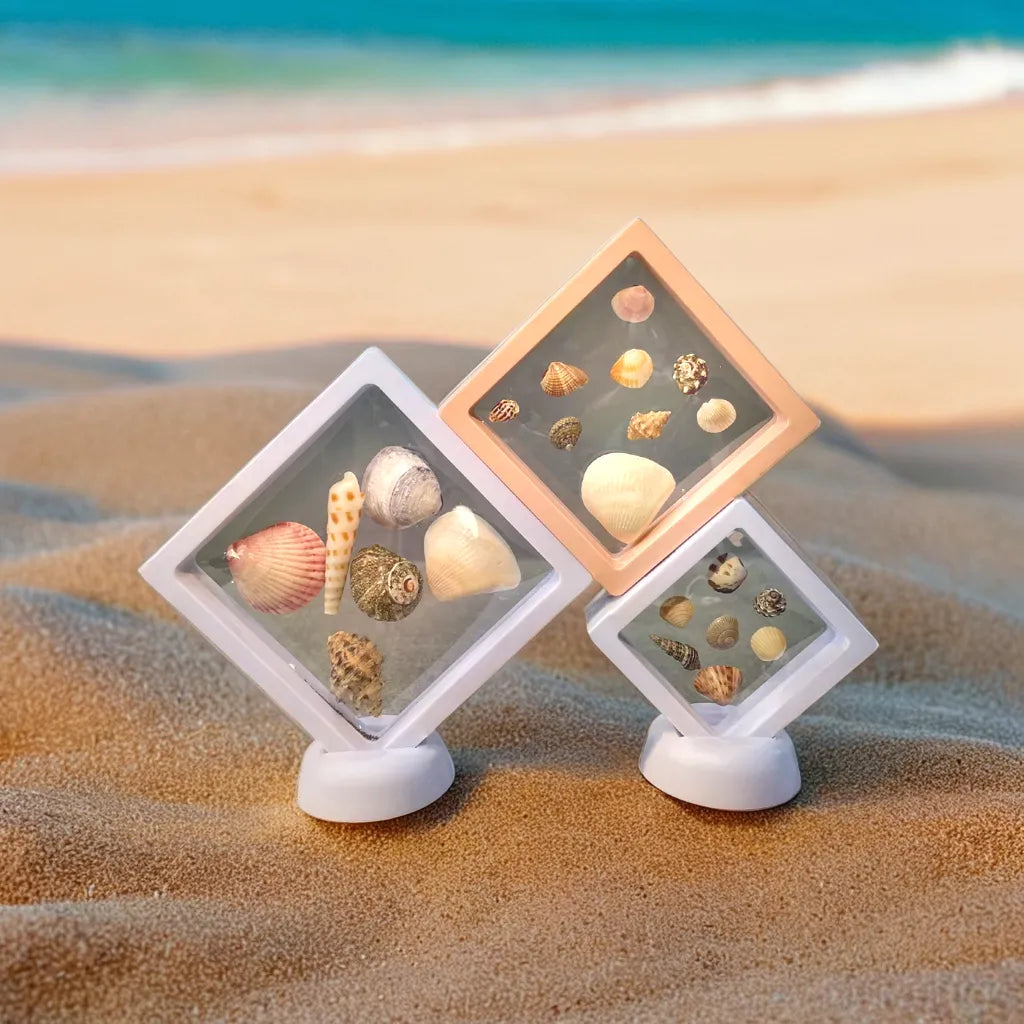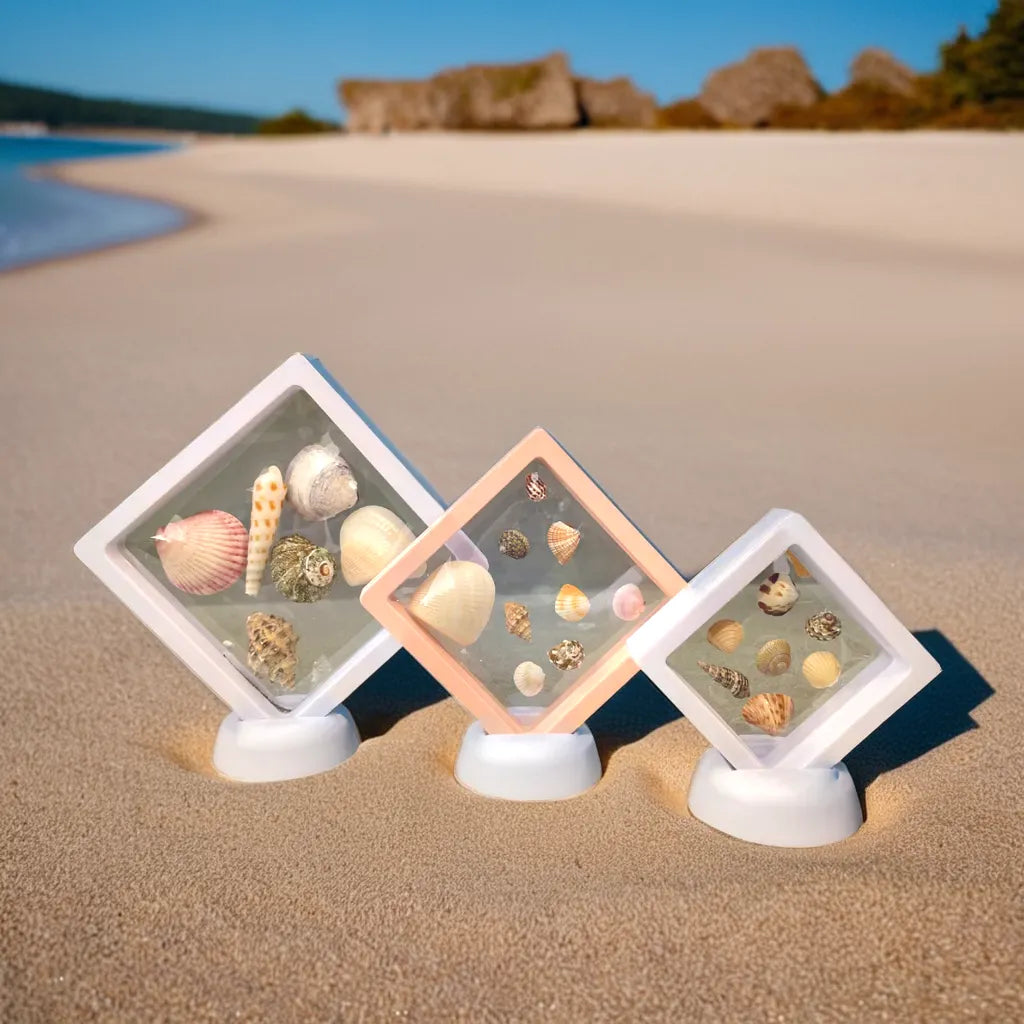
The Spindle Whelk, scientifically known as
Fusinus colus, is a fascinating marine gastropod that captures the attention of both collectors and marine enthusiasts.
This sea snail is known for its unique long, elegantly spiraled shell, which can measure between 75 to 200 mm in length. Found mainly in the Indian and South Pacific Oceans, it thrives in sandy substrates, making its habitat essential for gathering information about coastal marine life.
Beyond its striking appearance, Fusinus colus holds cultural and economic significance in many coastal communities. Its shell is often collected and crafted into decorative items, showcasing the intersection of nature and craftsmanship. Understanding the characteristics and importance of this species can deepen appreciation for marine biodiversity and its role in local economies.
Exploring the intricacies of the Spindle Whelk reveals much more than just its outer beauty. Delving into its threats and contribution to the ecosystem highlights the need for conservation and sustainable practices.
Key Takeaways
- The Spindle Whelk can grow to impressive sizes, making it a popular find among collectors.
- Its habitat preferences play a crucial role in the health of marine ecosystems.
- Cultural and economic uses of its shell highlight the importance of this species to coastal communities.
Identification Guide
Identifying the Spindle Whelk, or
Fusinus colus, involves understanding its unique features. Key characteristics, shapes, and similarities with other species are important for accurate identification.
How to Identify a Spindle Whelk
To identify a Spindle Whelk, look for its distinct shell shape. The shell is elongated and slender, resembling a spindle. The surface often has prominent, spiral ridges that spiral towards the apex.
Their color can range from light brown to darker shades, often with lighter markings. Size can vary significantly, typically measuring between 75 mm to 200 mm in length.
Observing the body of the snail can also help, as it usually has a long siphon.
Characteristics
The Spindle Whelk has several noteworthy characteristics:
-
Shell Shape: Long and narrow with spiral ridges.
-
Coloration: Ranges from light to dark, often with patterns.
-
Size: Typically 75 - 200 mm in length.
The aperture of the shell (the opening) is elongated, allowing for easier identification. The spire, or top part of the shell, is usually pointed.
The foot of the snail is large and helps it move across surfaces. When disturbed, it may retract into its shell.
Comparison to Similar Species
Fusinus colus can be confused with a few similar species, notably members of the genus
Fusinus.
Key Differences:
-
Fusinus canaan: Generally has a more pronounced shell spiral.
-
Fusinus ventricosus: Usually more robust and wider in shape.
To distinguish them, pay attention to the shell’s width and the spiral angle. The Spindle Whelk’s slender shape sets it apart from its bulkier relatives.
These details help in proper identification and can assist in further studies or collection.
Distribution & Habitat
The Spindle Whelk, known scientifically as
Fusinus colus, is found in specific coastal environments. Its habitat preferences include various depths and regions that are important for its survival.
Where to Find Spindle Whelk
Fusinus colus can typically be found in coastal waters, ranging from depths of
5 to 40 meters. It thrives in
littoral zones, which are the areas close to shore.
The species is often observed in the
Indian Ocean and the
Central Pacific. It prefers sandy substrates and areas with plenty of organic material.
Habitat availability is crucial as it impacts feeding and reproduction. The Spindle Whelk can adapt to different environments, but it is generally concentrated in areas that provide adequate food sources such as small invertebrates.
Cultural & Economic Importance
The Spindle Whelk (Fusinus colus) holds significance in various cultural contexts and has economic implications as well. Its unique shell shape and beauty contribute to its allure in artistic and collection settings.
The Spindle Whelk in Culture
Fusinus colus is known for its distinct and attractive shell. Many cultures have used these shells for decorative purposes.
In some regions, artisans craft jewelry and ornaments using the shells, showcasing their natural beauty. These items often find their way into local markets, highlighting traditional craftsmanship.
The shell's shape and intricate patterns also inspire artists, leading to its representation in various art forms.
Additionally, the whelk sometimes appears in folklore, symbolizing adaptability due to its marine environment.
Legal Status
Fusinus colus is not currently listed as endangered, but it is subject to regulations that help protect marine life.
In many countries, there are regulations concerning the collection of sea shells to preserve their populations.
Fishing and harvesting of marine species often require permits to ensure sustainability.
Conservation efforts include creating awareness about marine ecosystems and the species within them.
These measures help maintain the balance of marine life while allowing communities to benefit from their cultural and economic importance.
Spindle Whelk Crafting
The Spindle Whelk, or Fusinus colus, is popular for various crafting projects. Its unique shape and smooth surface make it an appealing choice for artists and hobbyists.
Uses in Crafting
-
Decorative Items: Many people use Spindle Whelks in home decor. They can be placed in bowls, used as centerpieces, or added to coastal-themed displays.
-
Jewelry Making: Some crafters incorporate these shells into necklaces, bracelets, and earrings, bringing a touch of nature to fashion.
-
Art Projects: Schools and community centers often use Spindle Whelks in art classes. Children can paint or decorate these shells for creative projects.
Sourcing Spindle Whelks
Spindle Whelks are available from various sources:
-
Craft Stores: Many craft stores sell Spindle Whelk shells.
-
Online Retailers: Websites like Etsy offer handmade and unique shells for crafts.
-
Beach Combing: Collecting shells from beaches can also yield Spindle Whelks.
Care and Preservation
It's essential to care for the shells properly:
-
Cleaning: Rinse shells with fresh water to remove sand and salt.
-
Protecting Finish: Consider using a clear sealant to preserve any painted designs or natural beauty.
These shells provide a versatile option for crafting, appealing to both beginners and experienced artists.
Frequently Asked Questions
This section addresses common questions about the spindle whelk, Fusinus colus. It covers aspects like toxicity, distinctive features, differentiation from other whelks, alternative names, age determination methods, and preferred habitats.
Is the spindle whelk Fusinus colus toxic to humans?
Fusinus colus is not known to be toxic to humans. There are no recorded incidents of poisoning related to this species. However, caution is always advisable when handling unfamiliar marine life.
What distinctive features do Fusinus shells exhibit?
Fusinus colus shells are thick and long, with a biconic, spindle shape. They feature many spiral ribs and grooves, giving them a unique texture. The shell color can vary from whitish to yellowish, brown, or reddish.
How can one differentiate between whelk shell types?
To differentiate between whelk shell types, one must examine the shell shape, size, and surface details. Fusinus colus has a slender siphonal canal and prominent spiral ribs that distinguish it from other whelks.
What alternative names are used for Fusinus colus?
Fusinus colus is commonly known as the Distaff spindle or Long-tailed Spindle. These names reflect its appearance and shape.
What methods are used to determine the age of a whelk?
Determining the age of a whelk involves examining growth lines on the shell. Counting these lines can indicate the number of years the whelk has lived. Other methods may include analyzing size and weight.
What habitats are typically occupied by the Fusinus colus species?
Fusinus colus is found in various marine habitats, primarily in the Indian Ocean and the Central Pacific. They prefer sandy or rocky substrates where they can hunt for prey, mainly bivalves and other snails.
 The Spindle Whelk, scientifically known as Fusinus colus, is a fascinating marine gastropod that captures the attention of both collectors and marine enthusiasts. This sea snail is known for its unique long, elegantly spiraled shell, which can measure between 75 to 200 mm in length. Found mainly in the Indian and South Pacific Oceans, it thrives in sandy substrates, making its habitat essential for gathering information about coastal marine life.
Beyond its striking appearance, Fusinus colus holds cultural and economic significance in many coastal communities. Its shell is often collected and crafted into decorative items, showcasing the intersection of nature and craftsmanship. Understanding the characteristics and importance of this species can deepen appreciation for marine biodiversity and its role in local economies.
Exploring the intricacies of the Spindle Whelk reveals much more than just its outer beauty. Delving into its threats and contribution to the ecosystem highlights the need for conservation and sustainable practices.
The Spindle Whelk, scientifically known as Fusinus colus, is a fascinating marine gastropod that captures the attention of both collectors and marine enthusiasts. This sea snail is known for its unique long, elegantly spiraled shell, which can measure between 75 to 200 mm in length. Found mainly in the Indian and South Pacific Oceans, it thrives in sandy substrates, making its habitat essential for gathering information about coastal marine life.
Beyond its striking appearance, Fusinus colus holds cultural and economic significance in many coastal communities. Its shell is often collected and crafted into decorative items, showcasing the intersection of nature and craftsmanship. Understanding the characteristics and importance of this species can deepen appreciation for marine biodiversity and its role in local economies.
Exploring the intricacies of the Spindle Whelk reveals much more than just its outer beauty. Delving into its threats and contribution to the ecosystem highlights the need for conservation and sustainable practices.

























